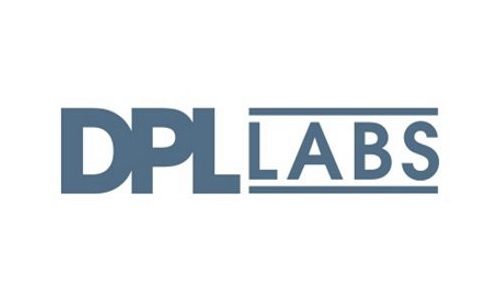When HDMI v2.0 was announced it was all about 4K, the video buzzword at the time. Integrators had to plan infrastructure for the new v2.0 data rate of 18Gbps. The biggest questions were: what to use for cabling and how to install it? It was tough to answer because DPL Labs was just beginning to test 18Gbps cables and fiber products. We just were not ready to recommend anything since these products were not in the field yet and would not be for some time.
So, what did integrators do to “future-proof ” the job for 4K? Some chose not to address it at all, while others used products that could convert the signals to a compression scheme that would simulate the real deal later. Neither of these approaches were very good ideas in the long run, however.
The best approach was to be up front with the customer, explain current conditions and lay out alternatives — which would cost more but provide some wiggle room when the newer content began to roll out. Many integrators ended up prewiring multiple cable runs.
As we move into HDMI v2.1’s 48G, this sort of rule of thumb is similar except for one potential feature that may cause issues when least expected… Link Training.
Link Training: Good or Bad?
In short, Link Training is a feature brought up and used in the Ethernet world some time ago. It was also adopted by DisplayPort. Under HDMI’s v2.1, Link Training can be a wonderful asset for reliability. However, there are a few things you should know about that may crop up.
DPL Labs testing is focused on performance as per the guaranteed data rate. For instance with v2.0, testing was for 18Gbps and all the features and benefits it provided, including features from older versions — color space options, frame rates, color depth, etc. But with v2.1 there are several additional data rates identified within the spec by way of feature sets.
With a 48G system you could conceivably accommodate everything highlighted in the spec. However, there are other data rates used that aren’t as challenging as 48G. Take 8K, for instance. You can have 8K signaling with only 32Gbps. You could even have 5K using just 24Gbps.
Different features have been introduced at every point in this performance ladder. Link Training takes advantage of this by making decisions on the performance of the interface and adjusting the data rate as needed.
Let’s say you have sold and installed a 48G system. The system is activated and fully operational. But you may not know Link Training has instructed the system to reduce its data rate to 32Gbps due to limitations in the cable, which would still provide 8K but may jeopardize delivering only 30P frame rate and not 60P. Same goes for 24Gbps except here only 5K is supported. Then we still have to be somewhat concerned how DSC will be used in conjunction with all of this.
If the signaling is determined to be really poor, Link Training may even drop the system down to old TMDs format with only three lanes of video and 18Gbps — taking the system down to v2.0 performance.
The jury is still out on whether the display manufacturers will show this information on the screen. But whether they do or don’t, it still can raise issues. If they do and customers can see they are not getting what they paid for, questions will need to be answered. On the other hand, if no information is displayed the user will most likely never know. How will this be handled when it comes time for cable specifications?
Integrators may have all good intentions to provide the best system money can buy for their customers, but if for some reason the interface claims 48G and does not support it the system will suffer and drop into a lower performance level. Then who is liable? Testing these products both before and during production will be important. We see changes all the time after products are produced.
The nice thing is that the system will work, but you may want to do diligence and make sure it can perform as specified for all the above reasons. New in-field generators should be available to help with this, plus DPL’s new 48G Reference Standard testing is designed to guarantee such performance levels and minimize most of these threats.







